12 Nights / 13 Days
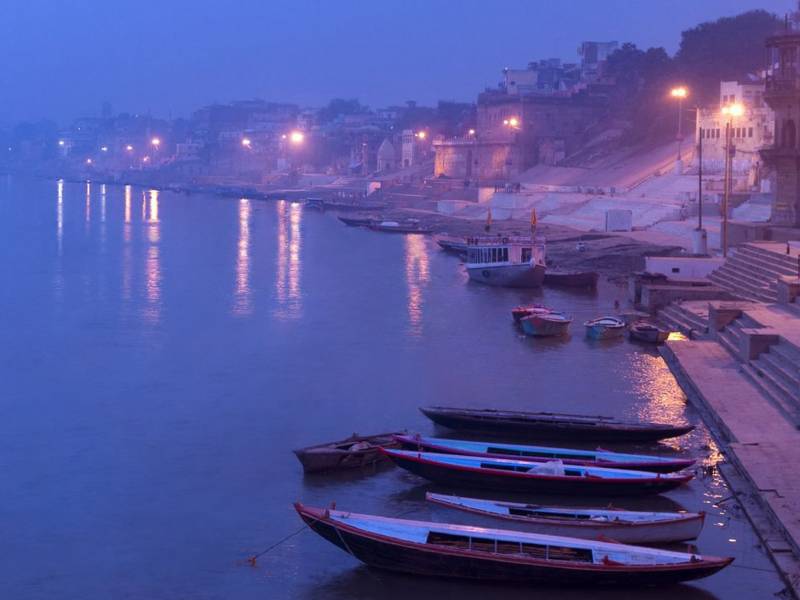
Travel through Delhi, Varanasi, Khajuraho , Orchha , Jhansi , Bhopal , Agra , Jaipur and Udaipur
Arrive Delhi. Met and transferred to your hotel.
You have a slow start to the day to recover from the flight. At midday you depart to visit some of the highlights of the city.
New Delhi is a blend of ancient and pre independence India. The Qutab Minar, the tapering monument begun in 1199 was built to symbolize the supremacy of Islam. This structure was eventually the prototype of all minars or towers in India. A pivot of faith, justice and righteousness, its name carried the message of its founder Qutb-ud-din’s own achievements and the inscriptions say that the tower was erected to cast the shadow of God over both East and West; Humayun’s tomb was built by his senior wife and mother emperor Akbar. This is the earliest example of Mughal architecture in India. It is believed that it was this mausoleum, which inspired Shah Jahan to build the Taj Mahal. We will return to our hotel via the elegant government buildings designed by Lutyen and Baker. The architecture is a blend of Indian and European styles and is the celebration of the British rule in India. The most outstanding of this collection is the Rashtrapati Bhavan, the presidential palace.
You transfer to the airport for a flight to Varanasi. A contemporary of Nineveh and Thebes, Varanasi today, is the oldest living city in the world. One of India’s most sacred cities, a devout Hindu believes to die and be cremated in Varanasi is to gain ‘moksha’ or release from the eternal cycle of rebirth. The visit to the old city is a fascinating insight into the rituals of Hinduism. Every temple is well attended and every street corner has roadside shrines and vendors selling garlands, incense sticks and other items used in worship.
We walk through the narrow alleys where we share space with cows, scooters, cycle rickshaws, shops and people to the banks of the Ganges. Here we board a boat, which takes us mid stream to witness the evening ‘aarti’ ceremony. This is the evening service performed by a priest on the banks of the river. Accompanied by the hypnotic beat of drums and bells and the chanting of prayers, the whole ceremony is mesmerizing ending with the release of hundreds of lamps into waters of the river.
A visit to Varanasi reveals the spiritual heart of India, and the best way to experience this is to tour the Ganges in a country boat at sunrise. Pilgrims, yogis and mystics flock to the ghats (steps) which lie along the banks of the Ganges, to take a cleansing dip in India’s holiest river, practice yoga, meditate, or to complete mundane earthly chores such as washing clothes and vessels. Early morning life in this city revolves around the ghats.
Later you will drive to Sarnath where Buddha gave his first sermon in 500 BC. You will visit the very spot where he spoke marked by the Dhamekha Stupa and follow his footsteps along the path he walked while meditating. Later you visit the temple decorated with art illustrating the main events in the life of The Buddha. For those who wish, you can join the evening chanting repeating the first sermon of Buddha.
We take a flight to Khajuraho. After checking into our hotel, we spend half a day touring. This tiny village is famous for its remarkable complex of temples built in an inspired burst of creativity between 950 and 1050 AD under the Chandela kings. Of the original 85, only 25 survive and each is a masterpiece dedicated to different deities. The temples were lost among the forest for centuries and wereaccidentally discovered by a British army engineer in 1858. The presence of erotic temple sculpture, which accounts for less than 10% of the total carvings, has resulted in many theories. The most popular being that the Chandelas were followers of the Tantric cult which believes that gratification of earthly desires in a step towards attaining moksha or release from the cycle of rebirth. We have a full day to explore these temples at leisure, their remarkable sculptures are unique in that they show great sensitivity and warmth displaying one aspect of Hinduism – a genuine love of life.
Today we drive to Orchha. Once the capita of the Bundela Rajputs, Orchha rivals Rajasthan in the magnificence of its palace and temples.
Founded in 1531, Orchha reached the pinnacle of its glory in the mid 17th century when the Mughal emperor Jehangir visited the city and a special palace was built for him. Of particular note, apart from the palaces is the 17th century temples which are still in use today. The Rama Raja temple with its soaring spires was orginally palace but became a timeple when an image of Ram was houses here. The idol is now locked behind silver doors at the Charubhuj Temple. The murals at the Lakshmi Narayan temple are well worth a visit. Though the Chattris lying along the banks of the Betwa River are in ruins, they are very atmospheric and best seen at sunset.
Later in the morning you drive to Jhansi and board the Shatabdi Express to Bhopal.
According to legend Bhopal stands on a 11th century site, and in a country where women play a secondary, role, it has the distinction of being ruled by two women in the late 19th and early 20th century.
Today your destination is Sanchi, one of most important Buddhist sites in India even though the Buddha himself never visited this place. The cluster of stupas and monasteries on the hilltop give his area a melancholic and serene air, and a visit here is immensely rewarding. A break from the crowds and noise, it lends itself naturally to meditation. The morning is spent visiting the Stupas and monasteries and the 5th and 7th century Hindu temples.
After an early lunch you drive to Udaygiri to visit the caves. Excavated between 382-401 AD, they are the work of artisans under the patronage of the Gupta rulers. The caves reflect the unique richness and vitality, which distinguishes the art of this period. Of the caves, the most outstanding are Cave 1 with ornate shrines; Cave 5 has a statue of Vishnu in his incarnation of the Varaha or boar holding his Parvati aloft on one tusk as well as a massive statue of a reclining Vishnu. The last cave of any note is Cave 9, which is known for its long portico and pillared hall.
Rising early you drive to Bhimbetka, which has South Asia’s richest collection of prehistoric paintings. The best time to visit is at sunrise. Discovered in 1975, it lies in an area of dense deciduous forest and important food source for the surrounding tribal settlements. Against this setting is a stretch stretching for 10 kms. Over 500 of them contain prehistoric and later paintings, and a small number show evidence of Stone Age habitation.
You return in time to take the train to Agra arriving at 2000 hrs.
Agra at one time served as the capital city for the great Mughal Empire, and it is the repository of some of their finest architectural creations. The Agra Fort reveals the Mughal talent for combining defensive architecture with beauty and design. This fort palace was begun by Akbar as a purely defensive citadel and was subsequently completed by two successive generations who added the delicate mosaic and magnificent marble palaces.
The fort is the history of Mughal life in Agra and offers a magical view of the Taj Mahal. The Taj Mahal is described as ‘A tear on the face of eternity’ by the poet laureate Tagore and is an enduring monument to love. Built by a grieving Shah Jahan in memory of his wife Mumtaz Mahal, the Taj Mahal built of glistening marble, fabulously decorated in a mosaic of semi precious stones, is a stunning mausoleum.
Later in the day you drive to the Pink City of Jaipur. Stay in a Palace Hotel.
When prince, soldier and astronomer Sawai Jai Singh II built the pink harmonious city of Jaipur in 1727, he did it in accordance with a treatise on town planning and architecture, the Shilpa Shastra, that is timely even today. With its walls and seven gates, pink and orange buildings, camel-drawn carts, and colorful Rajasthanis, the state capital sits on a flat, dry seabed surrounded by barren hills and ruined fortresses. A young Bengali, Vidhadhar Bhattacharaya was its chief architect.
In the morning we visit the fort palace at Amber, its forbidding exterior belying a bejeweled interior whose richness reflects the sumptuous styles of the surrounding Mughal courts. We will approach the fort on elephant back. Our tour of this architectural delight includes the Diwan-I-Am or hall of public Audience, an open pavilion with cream marble pillars supporting an unusual striped canopy shaped ceiling with a portico with double red sandstone pillars; the Ganesh Pol which separates the private and public areas is decorated with mosaic and painted decorations; the Diwan I Khas or Hall of Private Audience has a curved Bengali roof and has marble pillars and a painted ceiling. The Hall of Mirrors, the pleasure palaces inlaid with ivory and sandalwood reflect the Mughal influence, whilst the baradari the 12 arched pavilion reflects both Mughal and Hindu influences.
In the afternoon we stop at the city palace, a series of open courtyards, simple stables and buildings leading to the richly decorated royal rooms of the Chandra Mahal. The museum within the palace house a fabulous collection of textiles, carpets, manuscripts and costumes from the personal collection of the royal family; the Jantar Mantar, the ancient observatory, is the creation of the scholar king Sawai Jai Singh. The name literally means ‘Instruments for measuring the harmony of the heavens’. An attractive and fascinating place, there are extraordinary shaped stone monoliths faced with marble, which are accurate even today. Adjoining are structures, which depict the 12 zodiac signs that enable instant readings to be made. We end our day at the colorful market dominated by the elegant tapering Hawa Mahal or Palace of the Winds. Nine stores high, decorated with delicately carved niches and balconies, this pink sandstone façade served as a concrete ‘purdah’ or screen for ladies of the royal harem, who would watch the activities of the city from a position of privacy.
Morning you fly to Udaipur . Udaipur with its lakes and palaces, cradled in the hills of the Aravalli range is a very romantic city. An oasis in the surrounding arid and stark surroundings.
The name itself ‘The City of sunrise’ evokes a sense of romance. Sightseeing will include the City Palace, the former home of the Maharanas of Udaipur. A feast of marble and vibrant mosaics, it is a marvelous example of the attention to detail and the exemplary workmanship of the Rajasthani artisans. Sahelion Ki Bari or the Gardens of the Maids of Honor, is a small ornamental pleasure garden decorated with elegant lotus pools, gushing fountains and black marble kiosks. We will also visit the excellent folk art museum, which has interesting collection of dolls, masks, musical instruments, paintings and puppets, the latter being a traditional form of village entertainment in Rajasthan.
You have a free afternoon to soak up the pleasures of this charming city. After an early lunch you take a walk in the old city with your escort, where you share space with cows, elephants, people and the ubiquitous Indian ‘two wheeler’. It is a fascinating experience.
The walk will take you past houses displaying wonderful examples of folk art, shops selling clothes, art, utensils, shoes and groceries – if you decide to shop here, bargaining is very much part of the Indian shopping experience. While the adults try and relieve you of you holiday allowance for a souvenir, the children beseech you to give them ‘one pen’. There are numerous cafes offering views of the lake and a cooling lassi or reviving cup of Chai, and if you need even more entertainment, you can always stop and watch a video of James Bonds antics in his film, Octupussy. Since a portion of the film was shot here, hie is Udaipur’s favorite son and every street corner advertises the film. Your path will lead you to the Jagdish Mandir, one of the focal points of worship in the city.
You return to Delhi this morning and have time for last minute shopping or a visit to the fascinating crafts museum. Later in the evening you are transferred to the international airport for your onward flight.
We are Now Premier Travel Company Arranging Domestic and International Tour Operator for Our Guest to See the Best that the World Has to Offer. We Believe in Competitive Pricing with Transparency in Our Dealings. the Smile On Our Customers Faces are Testament to the Same. Read More...
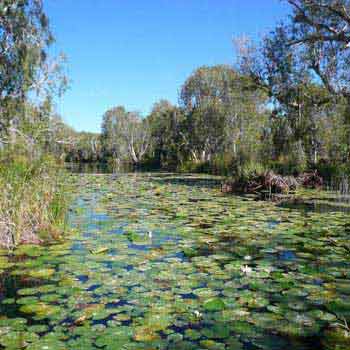 14D/13N
14D/13N
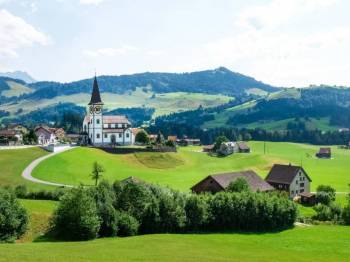 9D/8N
9D/8N
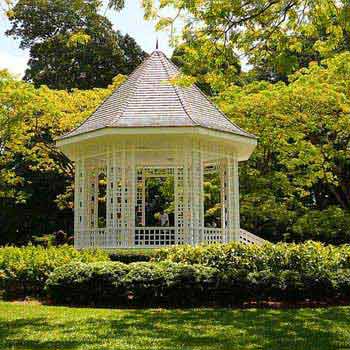 4D/3N
4D/3N
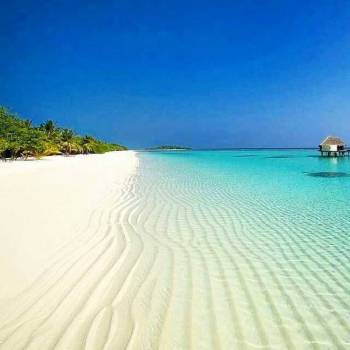 5D/4N
5D/4N
 4D/3N
4D/3N
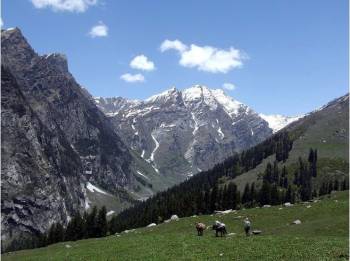 9D/8N
9D/8N
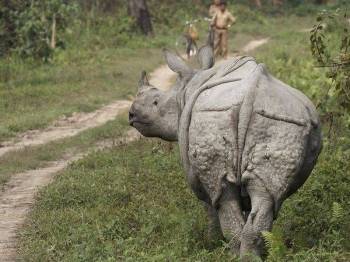 7D/6N
7D/6N
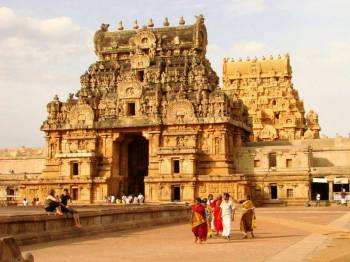 10D/9N
10D/9N
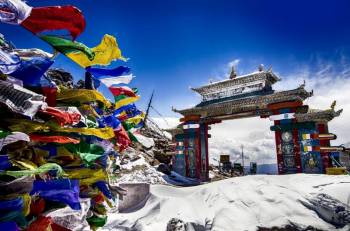 13D/12N
13D/12N
Guwahati - Shillong - Tawang - Cherrapunji - Bomdila - Golaghat - Mandla
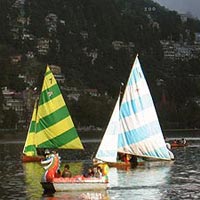 13D/12N
13D/12N
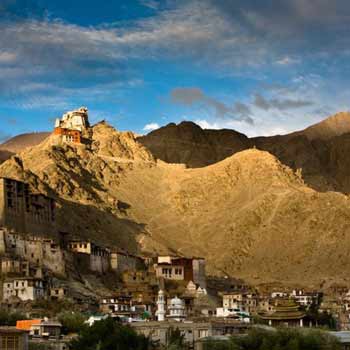 13D/12N
13D/12N
12 Night / 13 Days Haven Himachal Family..
Shimla - Sangla - Kalpa - Kinnaur - Manali - Dharamshala - Dalhousie - Amritsar
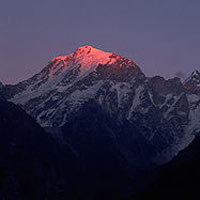 13D/12N
13D/12N
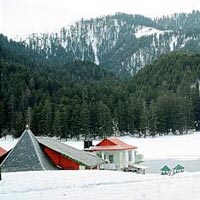 13D/12N
13D/12N
Shimla - Kulu - Manali - Dharmshala - Da..
Shimla - Manali - Dalhousie - Amritsar - Dharamshala - Kulu
 13D/12N
13D/12N
Rajasthan 12 Nights 13 Days Tour
Bikaner - Jaisalmer - Jodhpur - Mount Abu - Chittorgarh - Pushkar - Jaipur - Udaipur
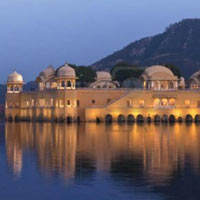 13D/12N
13D/12N
Agra - Jaipur - Jodhpur - Jaisalmer - New Delhi - Udaipur
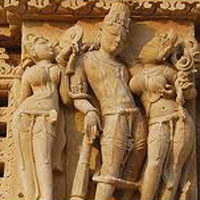 13D/12N
13D/12N
Golden Triangle Tour with Khajuraho
New Delhi - Jaipur - Fatehpur Sikri - Agra - Jhansi - Orchha - Khajuraho - Varanasi
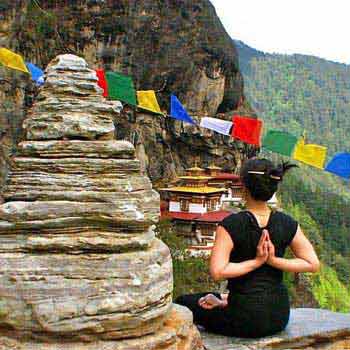 13D/12N
13D/12N
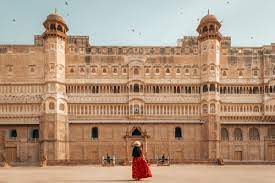 13D/12N
13D/12N
Rajasthan Tour Package 12 Night - 13 Days
Ajmer - Bikaner - Jaipur - Jaisalmer - Jodhpur - Mount Abu - Pushkar - Udaipur
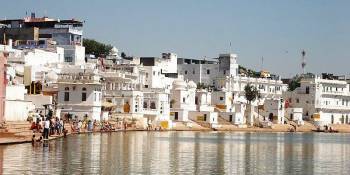 13D/12N
13D/12N
12 Nights Rajasthan Package From Jaipur
Ajmer - Bikaner - Jaipur - Jaisalmer - Jodhpur - Mount Abu - Pushkar - Udaipur
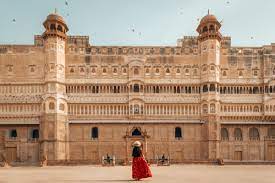 13D/12N
13D/12N
Rajasthan Tour Package 12 Night - 13 Days
Ajmer - Bikaner - Jaipur - Jaisalmer - Jodhpur - Mount Abu - Pushkar - Udaipur
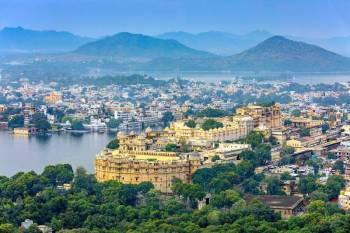 12D/11N
12D/11N
11 Nights 12 Days - Delhi Agra Rajasthan
New Delhi - Mathura - Agra - Jaipur - Ajmer - Pushkar - Udaipur - Mount Abu - Ranak..
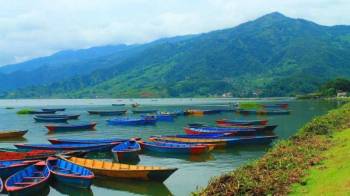 12D/11N
12D/11N
11 Nights - 12 Days Nepal Tour From Gora..
Prayagraj - Gorakhpur - Varanasi - Ayodhya - Kathmandu - Pokhara - Chitwan - janakpur
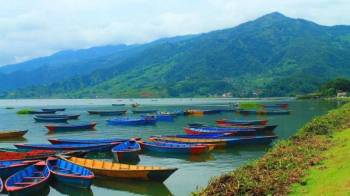 12D/11N
12D/11N
11 Nights - 12 Days Nepal Tour From Gora..
Prayagraj - Gorakhpur - Varanasi - Ayodhya - Kathmandu - Pokhara - Chitwan - janakpur
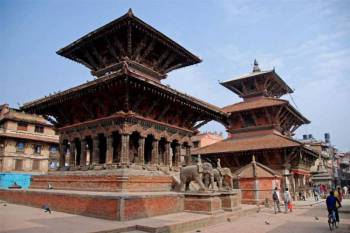 12D/11N
12D/11N
11 Nights - 12 Days Nepal Tour Package - 2
Prayagraj - Gorakhpur - Varanasi - Ayodhya - Kathmandu - Pokhara - Chitwan - janakpur
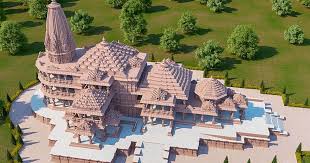 12D/11N
12D/11N
Prayagraj - Varanasi - Bodhgaya - Ayodhya - Pokhara - Chitwan - Parsa
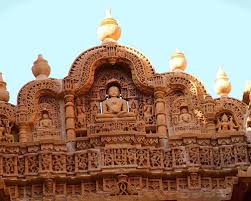 10D/9N
10D/9N
9 Night - 10 Days Rajasthan Tour Package
Ajmer - Jaipur - Jaisalmer - Jodhpur - Mount Abu - Udaipur